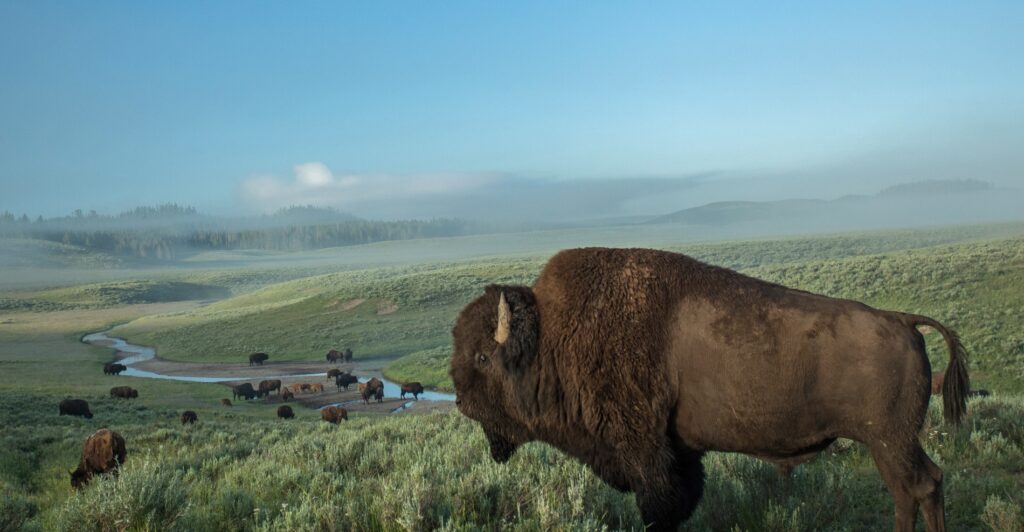
The American bison, often mistakenly called a buffalo, symbolizes resilience and strength. Once numbering in the millions, this magnificent creature roamed North America’s grasslands, shaping ecosystems and cultures. Known for its towering size and fuzzy appearance, the bison is revered as a keystone species. This gallery explores the bison’s history, significance, and fascinating traits, shedding light on why it holds such an iconic place in American heritage.
The Largest Mammal in North America
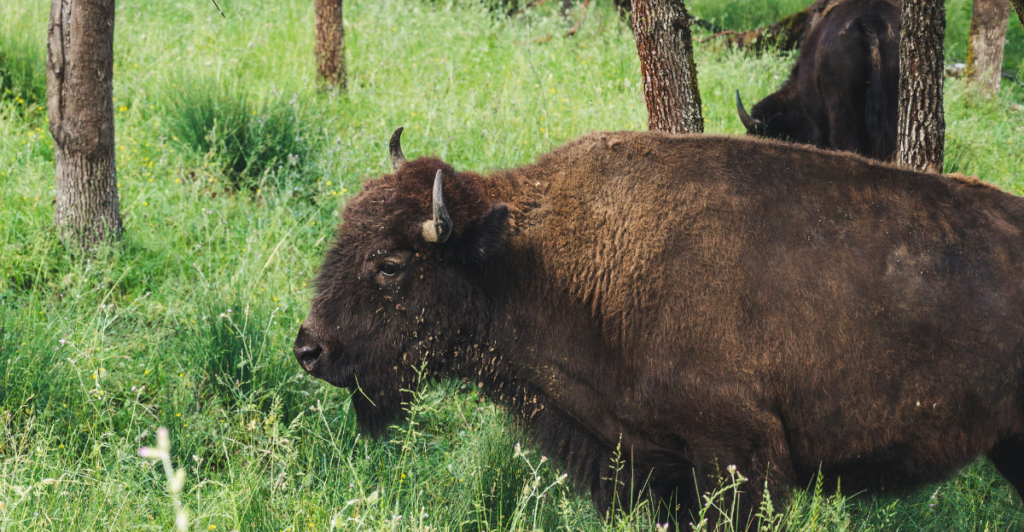
The American bison is the largest terrestrial mammal on the continent, with males, or bulls, weighing up to 2,000 pounds. Standing around 6 feet tall at the shoulder, their powerful frame and distinct hump make them unmistakable. Despite their bulk, bison are surprisingly agile, capable of running up to 35 miles per hour. These physical attributes ensured their dominance on the plains for centuries, making them an evolutionary marvel.
A Keystone Species
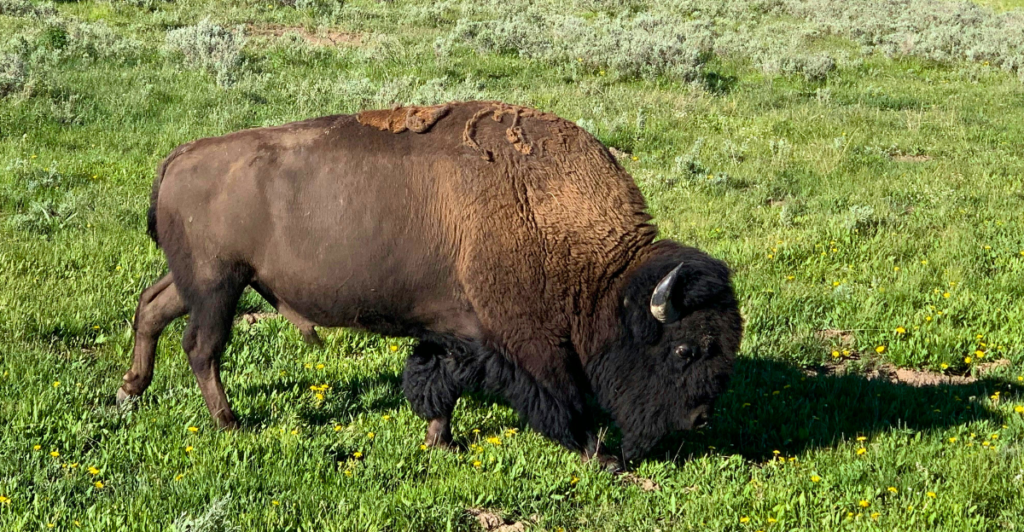
Bison are vital to their ecosystems, earning the title of a keystone species. Their grazing patterns promote plant diversity, and their wallows create microhabitats for other animals. As they roam, they disperse seeds, fostering healthy prairie ecosystems. Their presence supports countless species, including birds, insects, and small mammals. This ecological role underscores their importance beyond their impressive stature.
Bison and Native American Cultures
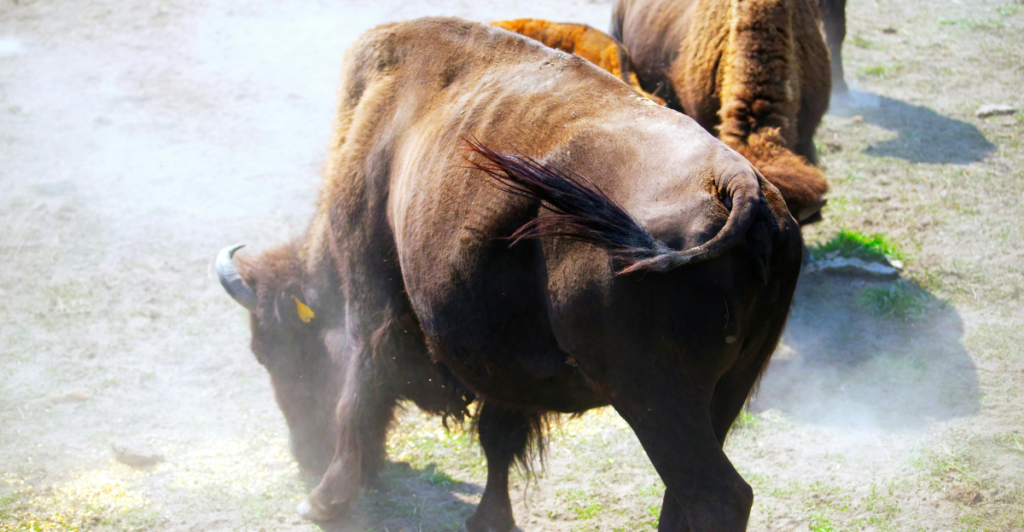
For many Indigenous peoples, the bison was central to life, providing food, clothing, and tools. Tribes like the Lakota, Blackfeet, and Cheyenne saw the bison as sacred, incorporating them into spiritual ceremonies and storytelling. The bison was more than a resource. It symbolized abundance and interdependence, reflecting a deep respect for nature’s balance.
The Great Plains Wanderers
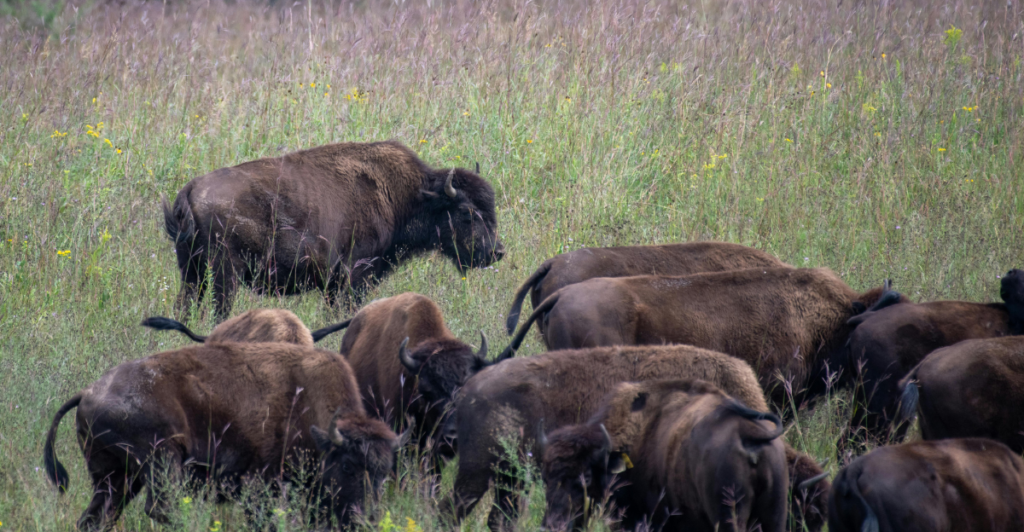
Bison once roamed an estimated 12 million square miles across North America. Their migrations shaped the Great Plains, preventing overgrowth and nurturing prairie ecosystems. These vast herds moved in seasonal patterns, guided by food availability and weather. Their sheer numbers were a spectacle, creating a booming sound that mirrored their power and dominance.
Bison’s Adaptations to Survival
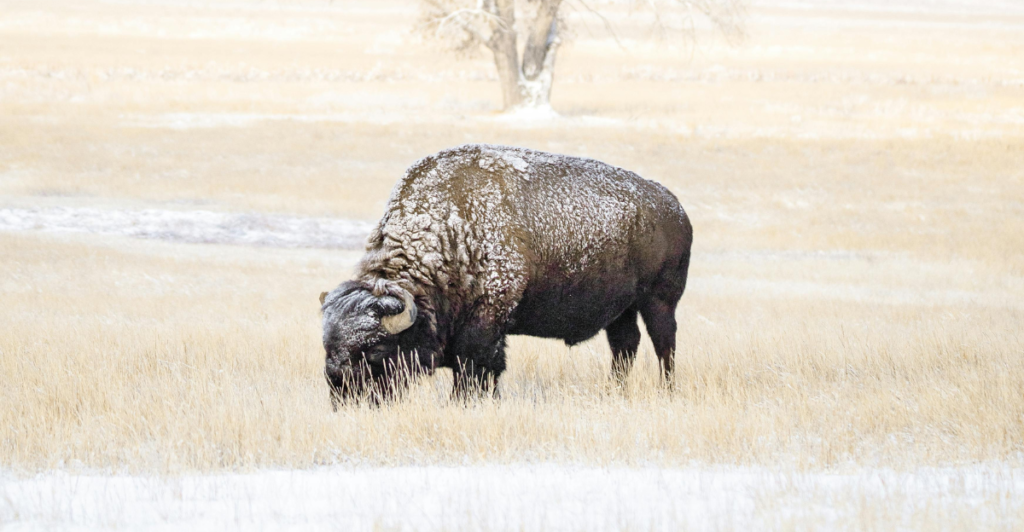
American bison are incredibly adapted to the harsh climates of the plains. Their dense, woolly coats protect them from sub-zero winters, while their large heads help them push snow aside to find food. Thanks to efficient thermoregulation, they can also survive extreme heat. These adaptations highlight their remarkable ability to endure and thrive in challenging environments.
The Decline of the Bison Population
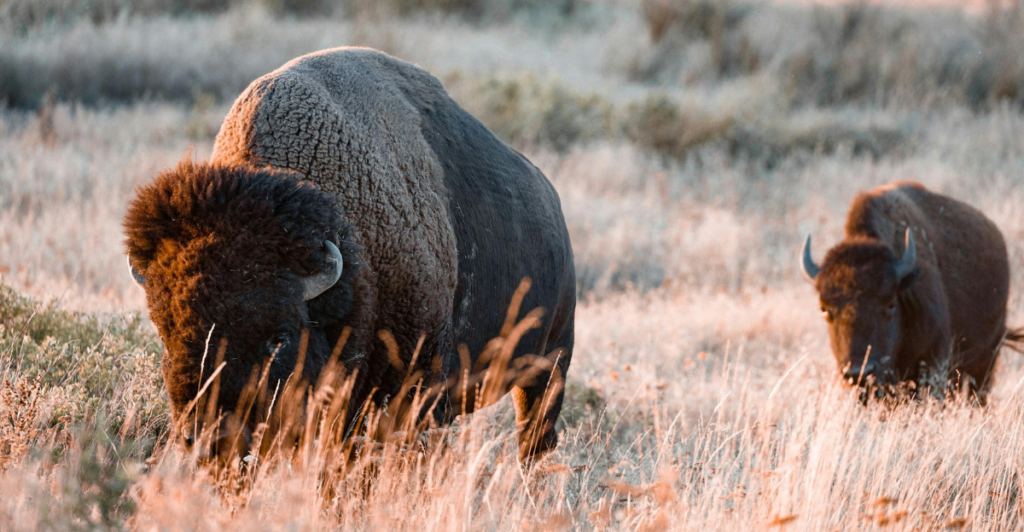
By the late 19th century, bison faced near extinction due to overhunting and habitat loss. Once estimated at 30 million, their numbers dwindled to a mere few hundred. This dramatic decline marked a sad chapter in history, as the loss of bison profoundly impacted ecosystems and Indigenous cultures. However, the story didn’t end there.
The Road to Recovery
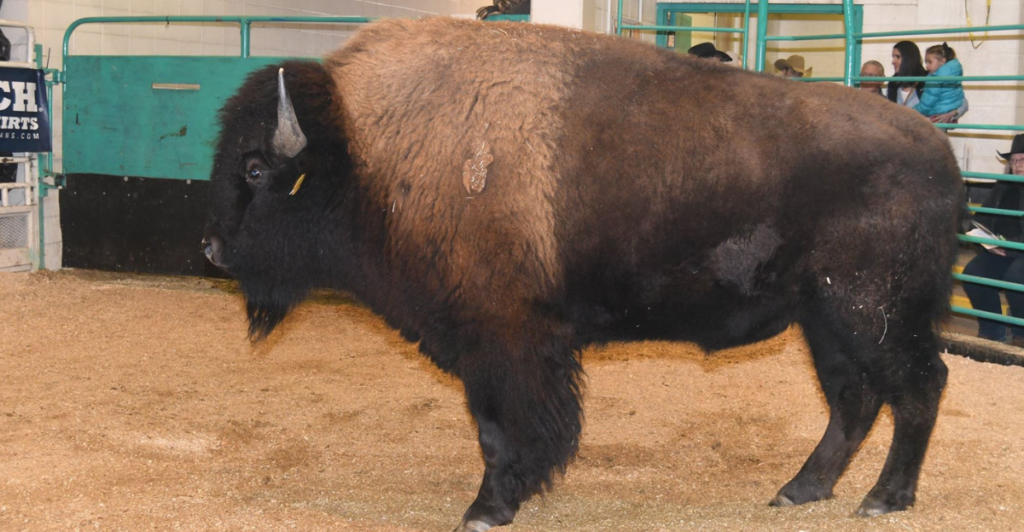
Conservation efforts in the early 20th century helped save the bison from extinction. Organizations like the American Bison Society and dedicated individuals worked tirelessly to protect the remaining populations. Today, bison numbers have rebounded to approximately 500,000, though most live on private lands. National parks like Yellowstone serve as critical sanctuaries for wild herds.
Bison in Modern Times
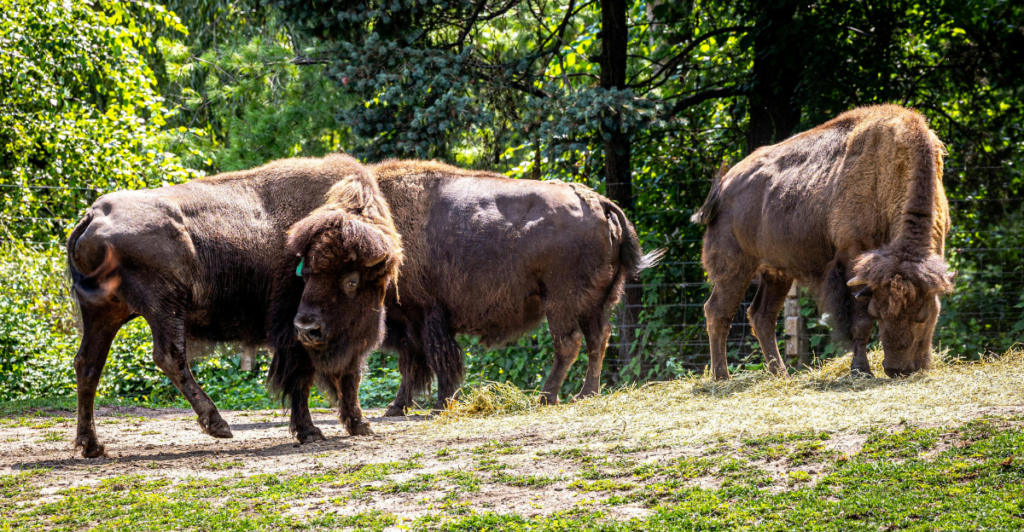
Today, the bison remains a cultural and ecological icon. In 2016, the National Mammal of the United States was declared to symbolize resilience and recovery. Efforts to reintroduce bison to their native habitats continue, with Indigenous tribes leading initiatives to restore the species’ historical significance and ecological role.
Bison Behavior and Social Structure
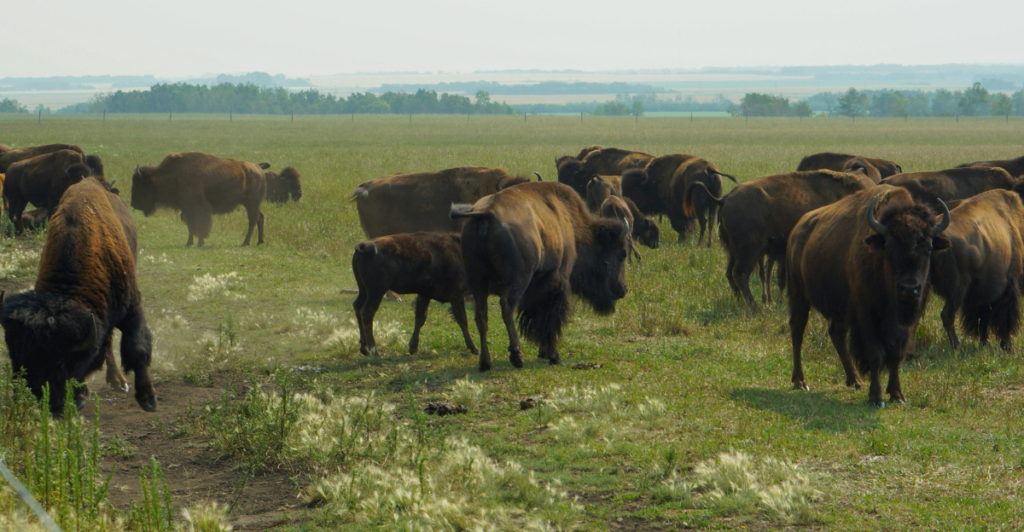
Bison are highly social animals, living in herds ranging from a few individuals to thousands. Female-led herds consist of cows and calves, while bulls often form smaller bachelor groups. During mating season, males compete in displays of strength, showcasing their impressive horns and brute force. These behaviors reflect their dynamic and fascinating social lives.
The Role of Bison in Tourism
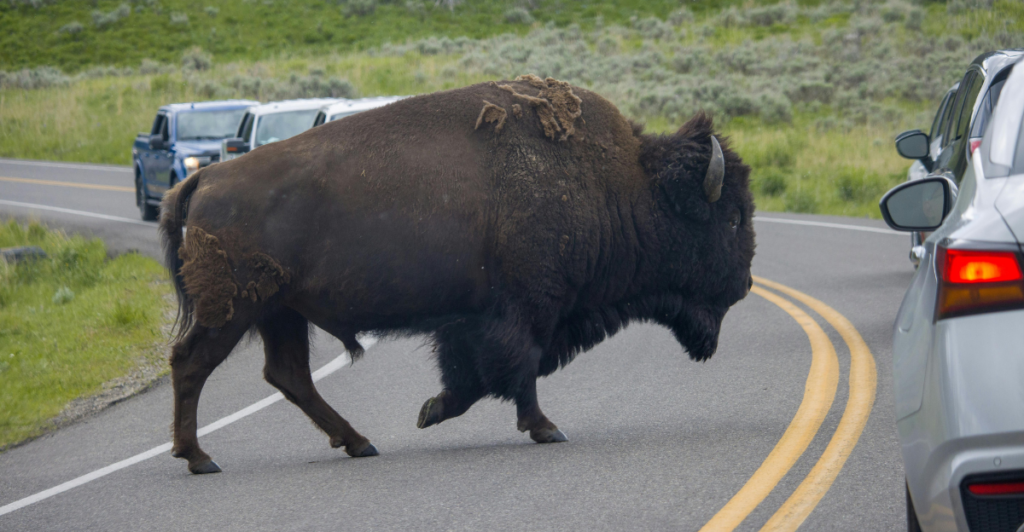
Bison is a significant attraction in national parks like Yellowstone and Wind Cave. Their majestic presence draws millions of visitors annually. While observing bison in the wild is thrilling, maintaining a safe distance is crucial, as these animals are unpredictable and powerful. They remind us of the wild beauty that still exists in protected spaces.
Bison in Art and Literature
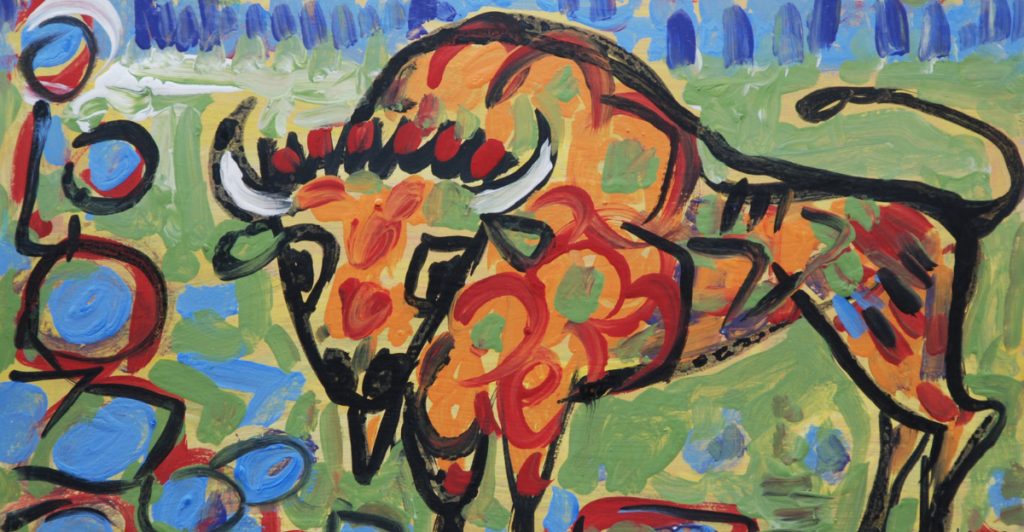
The bison has inspired countless works of art, literature, and folklore. From Indigenous carvings to Western paintings, they symbolize freedom, endurance, and the untamed spirit of the frontier. This enduring cultural resonance keeps the bison firmly rooted in America’s collective imagination, reminding us of the intertwined stories of nature and humanity.
A Legacy of Strength
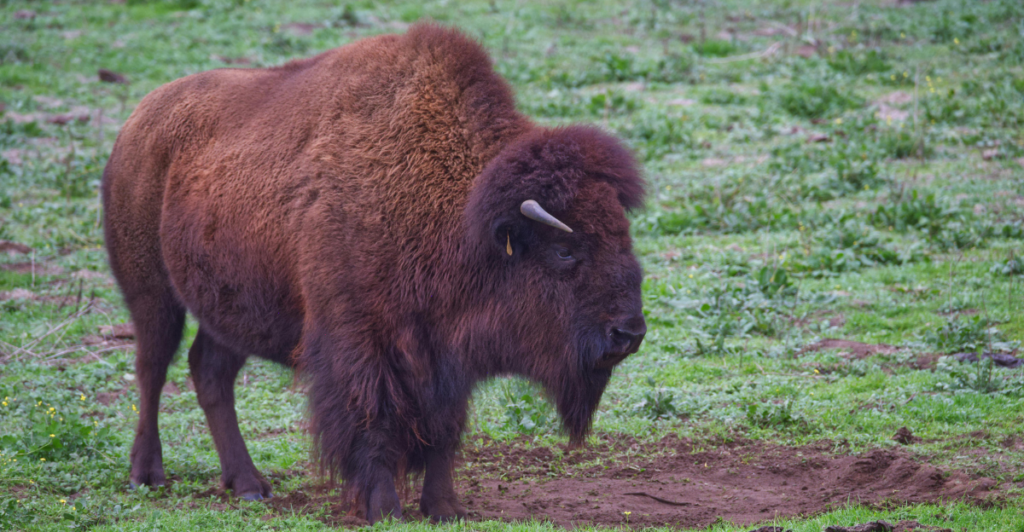
The American bison is more than an animal; it’s a testament to resilience and the power of nature. As a species that shaped a continent, it continues to teach lessons about conservation, balance, and respect for the natural world. By protecting and celebrating this iconic mammal, we honor its legacy and the ecosystems and cultures it helped define.
Stay connected with us for more stories like this! Follow us to get the latest updates or hit the Follow button at the top of this article, and let us know what you think by leaving your feedback below. We’d love to hear from you!







